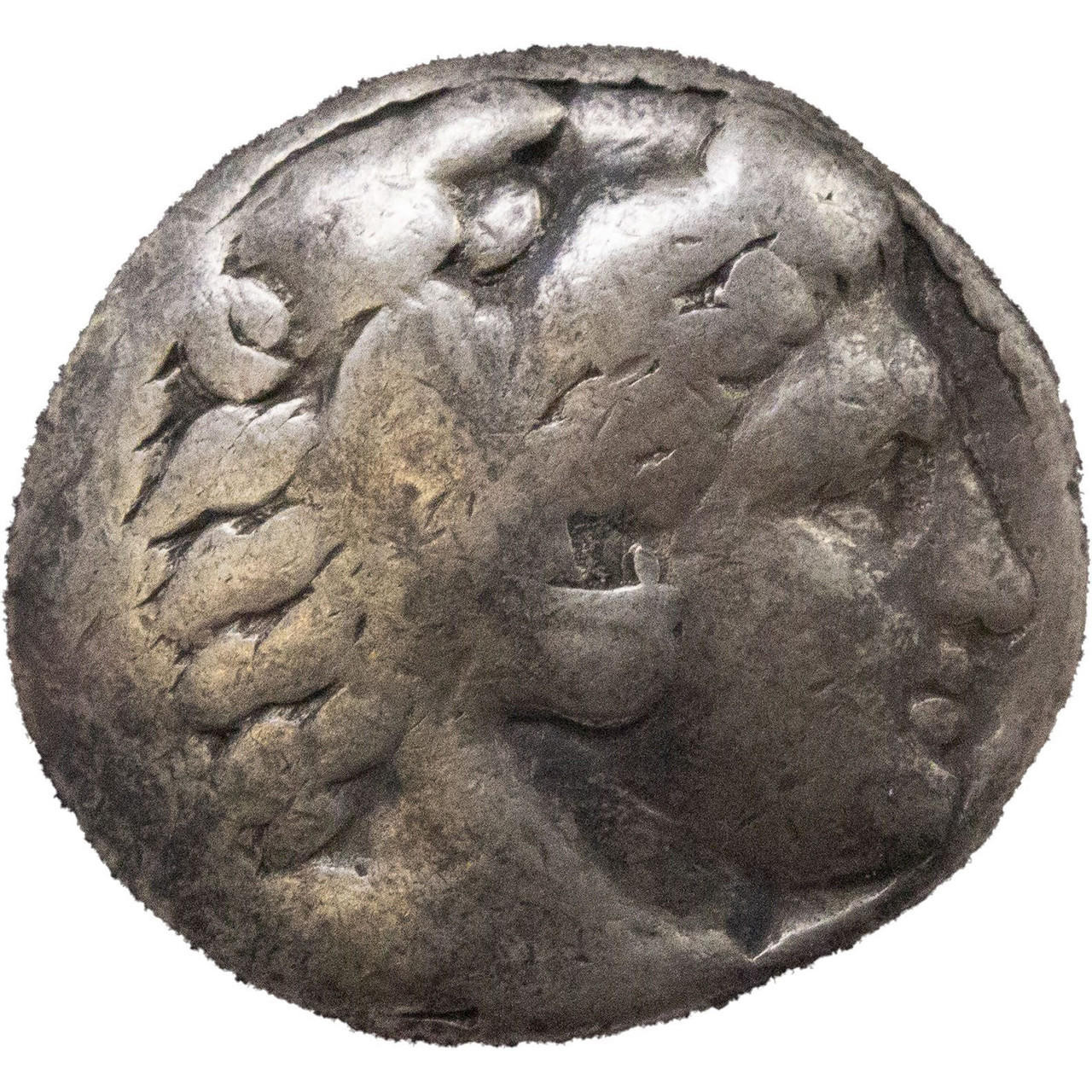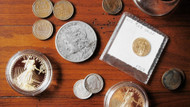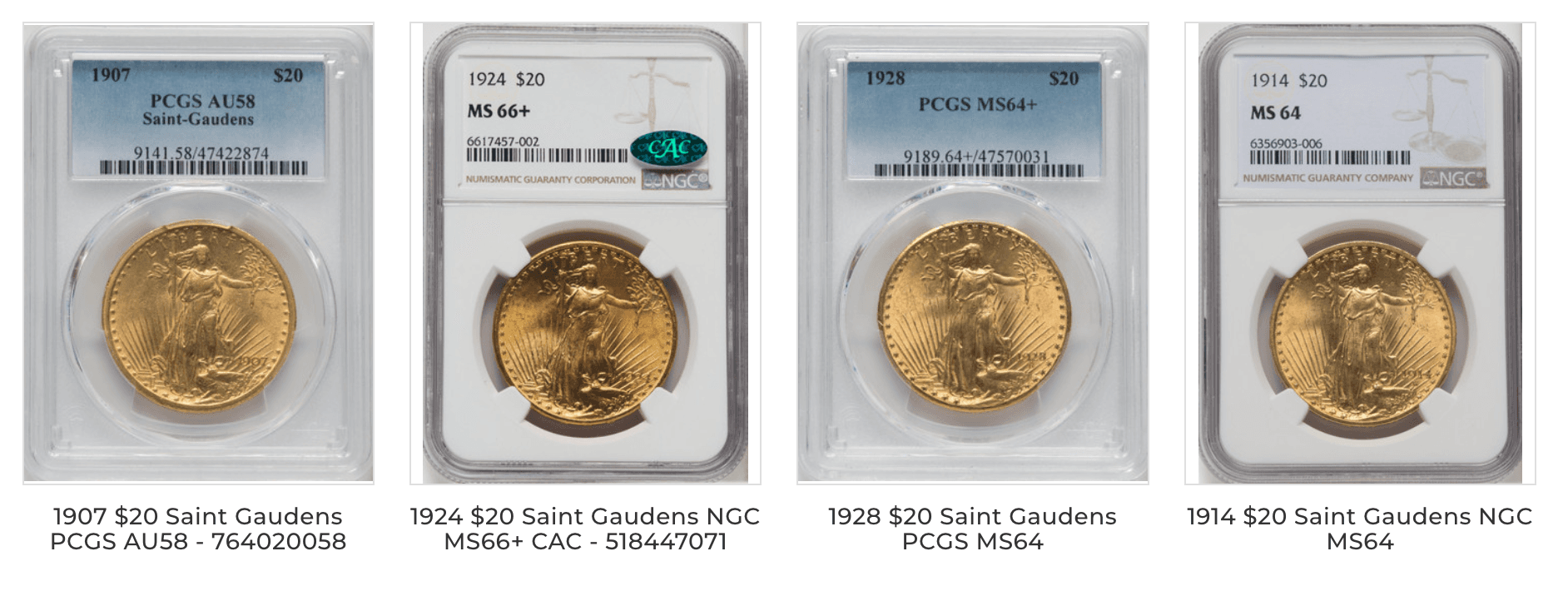What Coin Should Every Collector Have?
Posted by Andrew Adamo on Nov 16th 2023
Rare Coins to Collect
This is not an easy question to answer since the possible choices are unlimited. Should it be an American coin or one from another country? Should it be something old or a more recent coin? Should the choice be based on the beauty of the design, or should other factors be considered too such as its role in coinage history?
So, the author asked his Facebook friends who are coin collectors (and some of whom work in the coin industry) to tell him what coin they would select as the one that every collector must have.
The responses he received included: 1921 Peace dollar; any Saint-Gaudens $20 gold double eagle coin; more specifically a 1907 Ultra High Relief Saint-Gaudens Double eagle; a 1937-D Three Leged Buffalo nickel; and an 1856 Flying Eagle penny. Another said the 1933 $20 gold coin but since only one is legal to own that is in private hands after selling for almost $19 million in 2021.Clearly, that is a coin only one person can own.
Others suggested a coin from the Royal Mint: the 2014 Britannia silver proof that has a very popular design, or gold bullion coins from their country of origin such as a South African Krugerrand or a Canadian Gold Maple Leaf. Those are fine choices, but it’s hard to argue that they are coins every collector needs.
The author’s response was quite different from any of these other choices he received, but it’s also one he knows many serious numismatists would agree with.
Athenian silver tetradrachm
The coin is probably the most well-known and widely collected ancient Greek coin: the Athenian tetradrachm.
But what is an Athenian Tetradrachm and why is it so important for numismatics?
It is an ancient Greek silver coin that is the equivalent of 4 drachmae and typically weighed 17.2 grams of silver struck on a very thick planchet with a level of relief that is truly remarkable and much deeper than anything seen on any modern coins.

These coins were widely used in circulation from about 510 to 38 BC throughout the ancient Greek world, spreading to other areas and becoming over time the standard coin of the ancient world that served as a prototype for coins in other countries.
Millions of them were struck, and their widespread use for over 400 years played a major role in the expansion of trade.
Athens, which was the dominant force in ancient Greece, is also considered to be the birthplace of democracy, which only adds to the allure of the coins.
The obverse of a tetradrachm features a right-facing profile of Athenia – the Greek goddess of wisdom and knowledge. The reverse depicts an Athenian owl along with a sprig of olive and a crescent for the moon. This was the symbol of the Athenian city state. On the right are the Greek letter for Athens.
The coins were made with silver from the mines in Laurium, and the funds raised using these coins helped Athens to finance the building of the Parthenon, reconstruction of the Acropolis and to fund many wars such as the Peloponnesian one.
As the latter wars dragged on, Athens began to run out of silver and began striking the coins in copper. And the quality of the strikes of the tetradrachms also began to decline.
These coins have been widely collected for a long time, which is related to only to the beauty and elegance of the coins but also to the fact that so many of them still exist, even in mint state!
As a result of the discovery of some major hoards of Athenian tetradrachm coins in 1967 and 2018, it is still possible to acquire a gorgeous example of this historically significant piece for a reasonable amount.
It is estimated that over 100,000 of these coins still exist worldwide, and demand for them remains as solid as ever.
Saint-Gaudens Double Eagle
For those who prefer to stick to U.S. coins, the one coin every collector should have if they can afford one would be a Saint-Gaudens $20 double eagle struck from 1907 to 1933 – the coin that represents for most collectors and numismatists the highest artistic level of any U.S. coin.
This iconic masterpiece of American coinage has for a long time been almost universally recognized as the most beautiful American coin, especially if seen as it was originally intended by the artist. That would be the 1907 Ultra High Relief coin issued the first year.
As it happens, there are direct connections between this legendary gold double eagle and the Athenian silver tetradrachm.
According to the well-known story, President Teddy Roosevelt went to see an exhibit of ancient Greek coins at the Smithsonian Institution early in his presidency. He was especially impressed with the Athenian silver tetradrachm coins he saw there, particularly their amazing beauty and their deep, sculptural level of relief. In fact, he apparently carried one of those Athenian owl coins around with him in his pocket!
Seeing those Greek coins gave him the idea that our coinage should be more attractive and have greater relief, which led him to soon reach out to famous American sculptor Augustus Saint-Gaudens to redesign all the denominations of our coinage over time.
As their partnership developed, Roosevelt gave Saint-Gaudens extensive freedom in his work. Both men admired the coinage of ancient Greece and believed that American coinage needed to be of a much higher aesthetic standard to reflect the nation’s prominence.
Saint-Gaudens redesigned the $20 and $10 gold coins and created patterns for a new cent and other coins before succumbing to cancer 1907, which means he never was able to see first-hand the fruits of his numismatic labor, which meant that Adolph Weinman had to finish the models for the coins and Charles Barber, the mint’s chief engraver, had to modify his high-relief coin models to make them suitable for mass production.
His extraordinary design of Liberty striding towards the dawn of a new day is generally considered to be based on his state of the Greek goddess of Victory, Nike, which appears next to a statue of Sherman on a horse in his famous monument in New York.
However, more recent research shows that Saint-Gaudens’ model was a young African-American womannamed Hetty Anderson. The artist’s son Homer went to great lengths to expunge that information after his father’s death. The final design of Liberty used on the coin does not appear to resemble Anderson and instead reflects the Greco-Roman imagery that St. Gaudens admired.
Anderson, we know today, was the model for Saint-Gaudens monument to General Sherman in New York City and for his legendary gold double eagle. She was born around 1875, moved in the 1890sm to New York City to model for artists and died in 1938. Her grave marker credits her for the role she played in American numismatic history.
When developing his design, Saint-Gaudens initially depicted Liberty with large wings as his statue of Victory in New York does to resemble the winged goddess Nike, but he decided to remove the wings and have her carrying a torch of enlightenment in her right hand and an olive branch of peace in her left hand.
In late 1907 20 pattern versions of the artist’s original conception of the coin struck in amazing Ultra-High Relief with Roman numerals that required 11 strikes of the coin press were issued and are major rarities today. Those patterns had to be modified by Barber by reducing their relief so they could be made in Iarger numbers, which resulted in December 1907 in the striking of 12,317 examples of the 1907 High-Relief $20 gold coin with Arabic numerals, which are also very rare and expensive coins today.
But those versions proved to be impractical for large-scale minting, so finally the relief was reduced again with the 1908 Double Eagles struck in two versions – with a without the motto, “In God We Trust” -- and was minted that way until 1933.
In 2009 former U.S. Mint Director Edmund Moy fulfilled St. Gaudens’ vision for a UHR version of the famous 1907 $20 gold coin accessible to regular collectors with a 1-ounce tribute struck with a smaller diameter because of the extensive relief, which many people consider the most beautiful modern U.S. collector coin.
As most collectors know, the ultimate tribute to Saint-Gaudens’ double eagle design is the fact that it has served as the basis for the obverse design of the nation’s modern gold bullion series, the American Gold Eagle, issued since 1986.
For those looking to add an original example of this coin from 1908 to 1932 (the 1933 is illegal to own except one coin) that every collector of U.S. coins should have, there are good opportunities in the current market. For example, one can acquire a nice, mint state example, preferably one that grades MS63 or higher, for a small premium over its spot gold value.
Like the Athenian tetradrachm, a Saint-Gaudensdouble eagle will never go out of styleand will be studied by the numismatists of the future.



